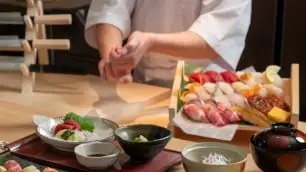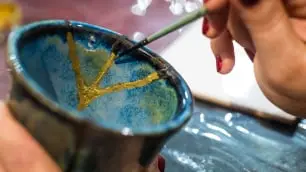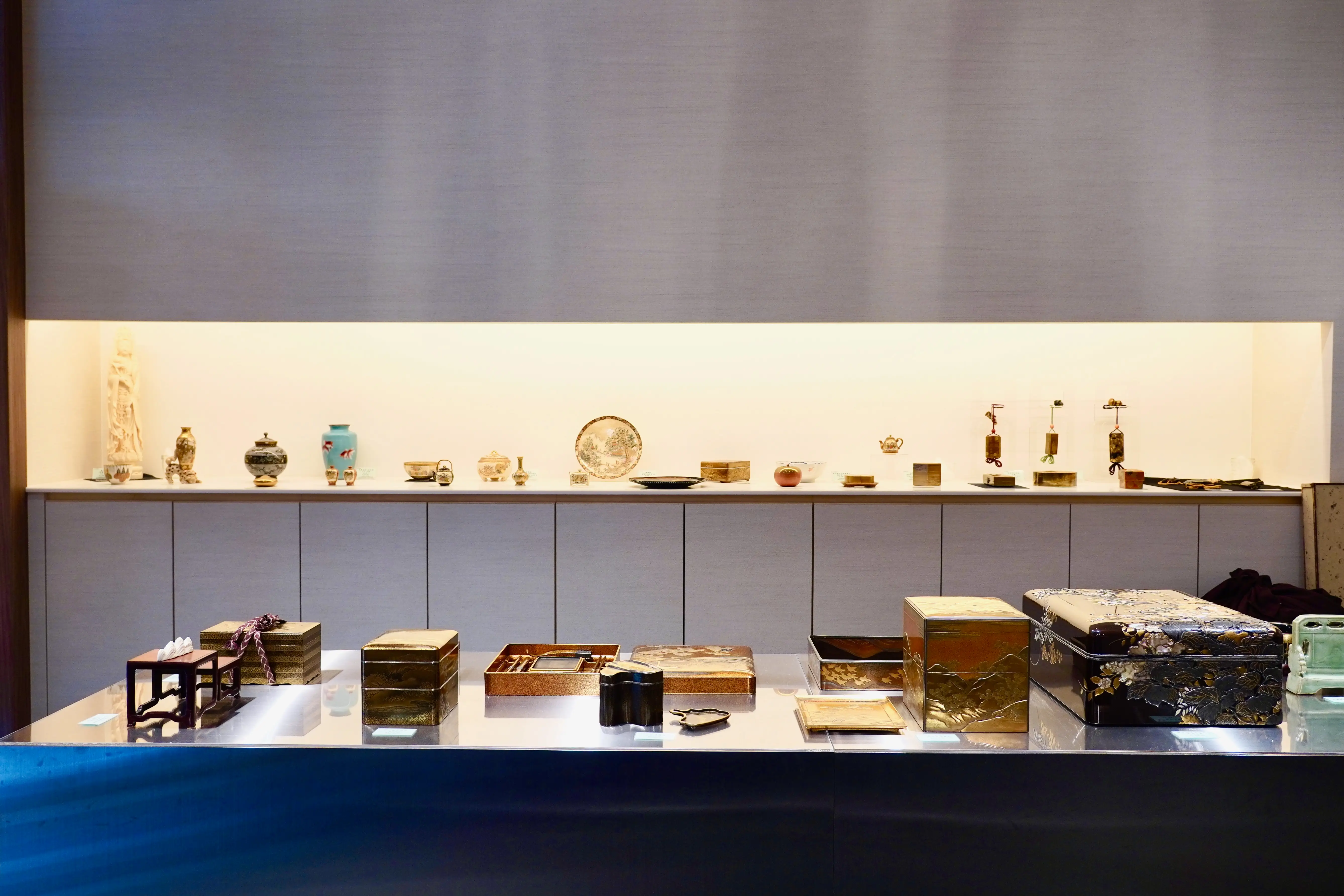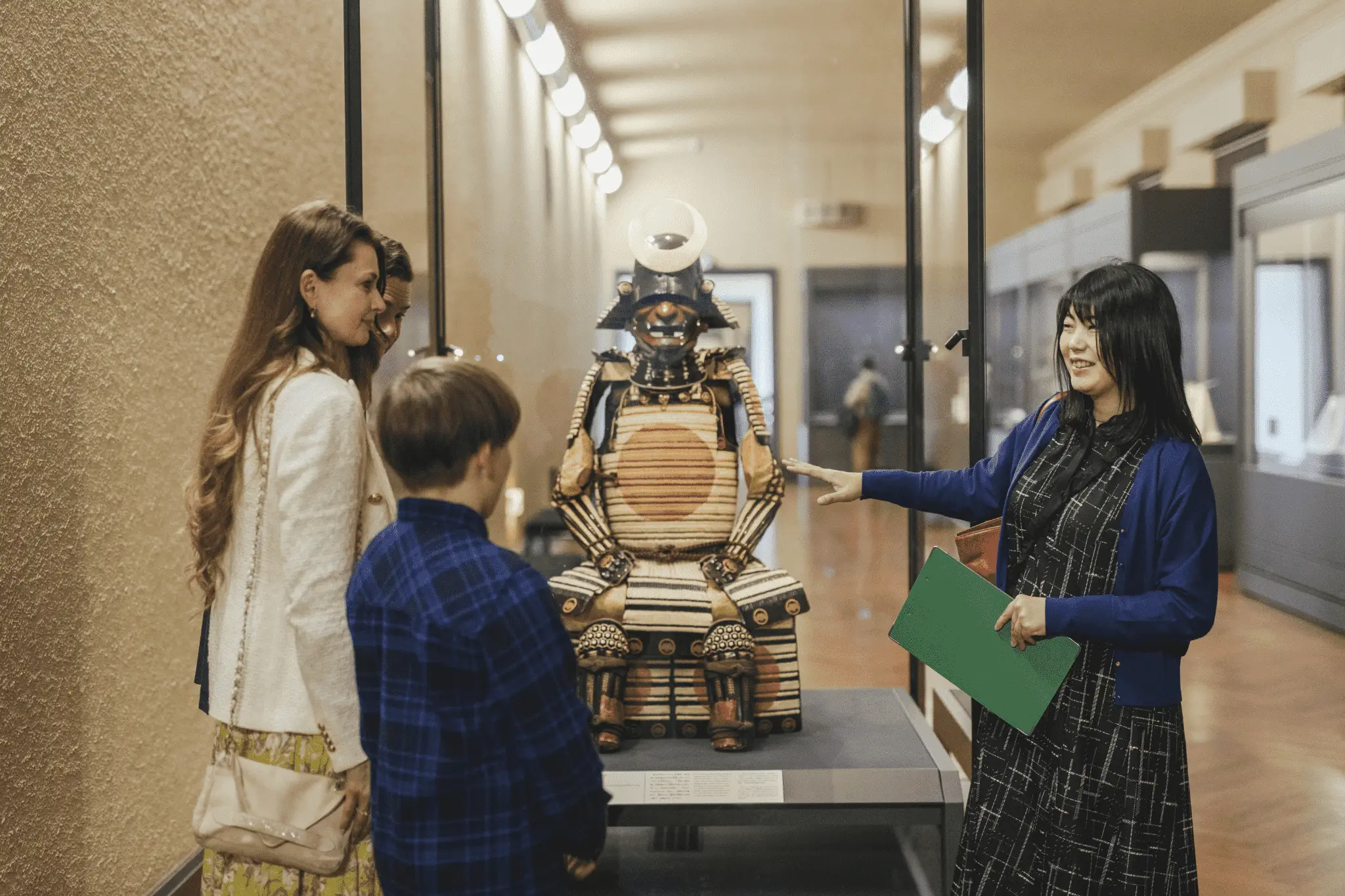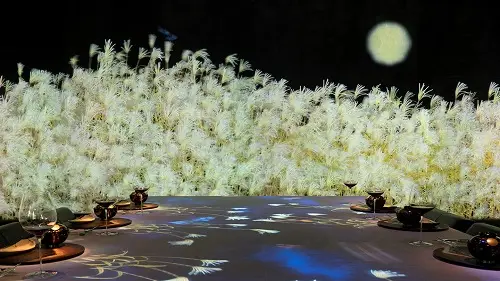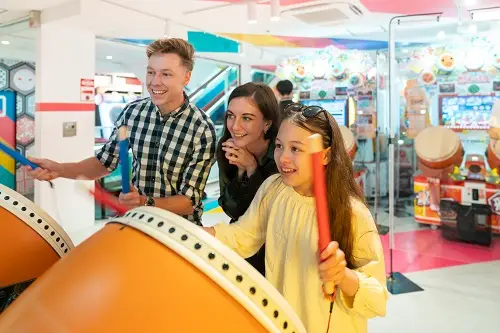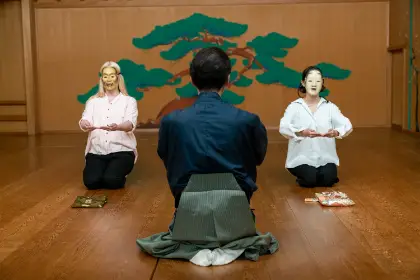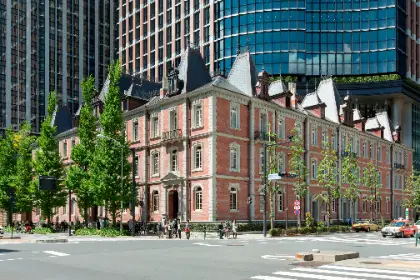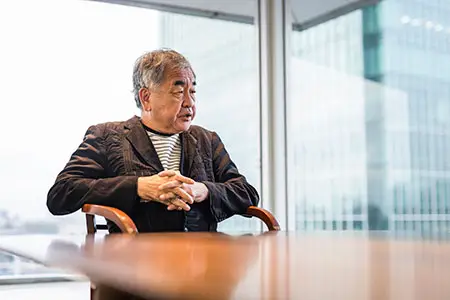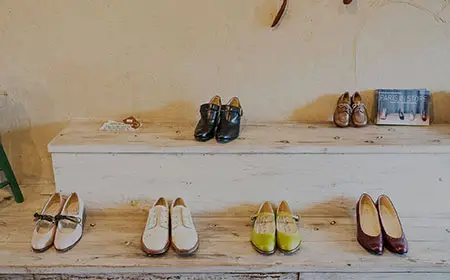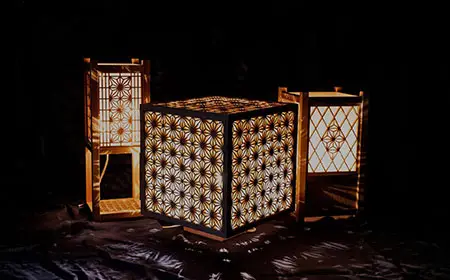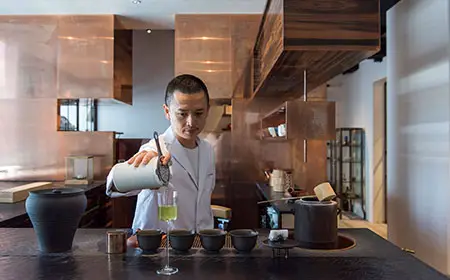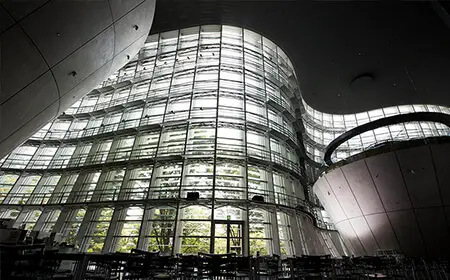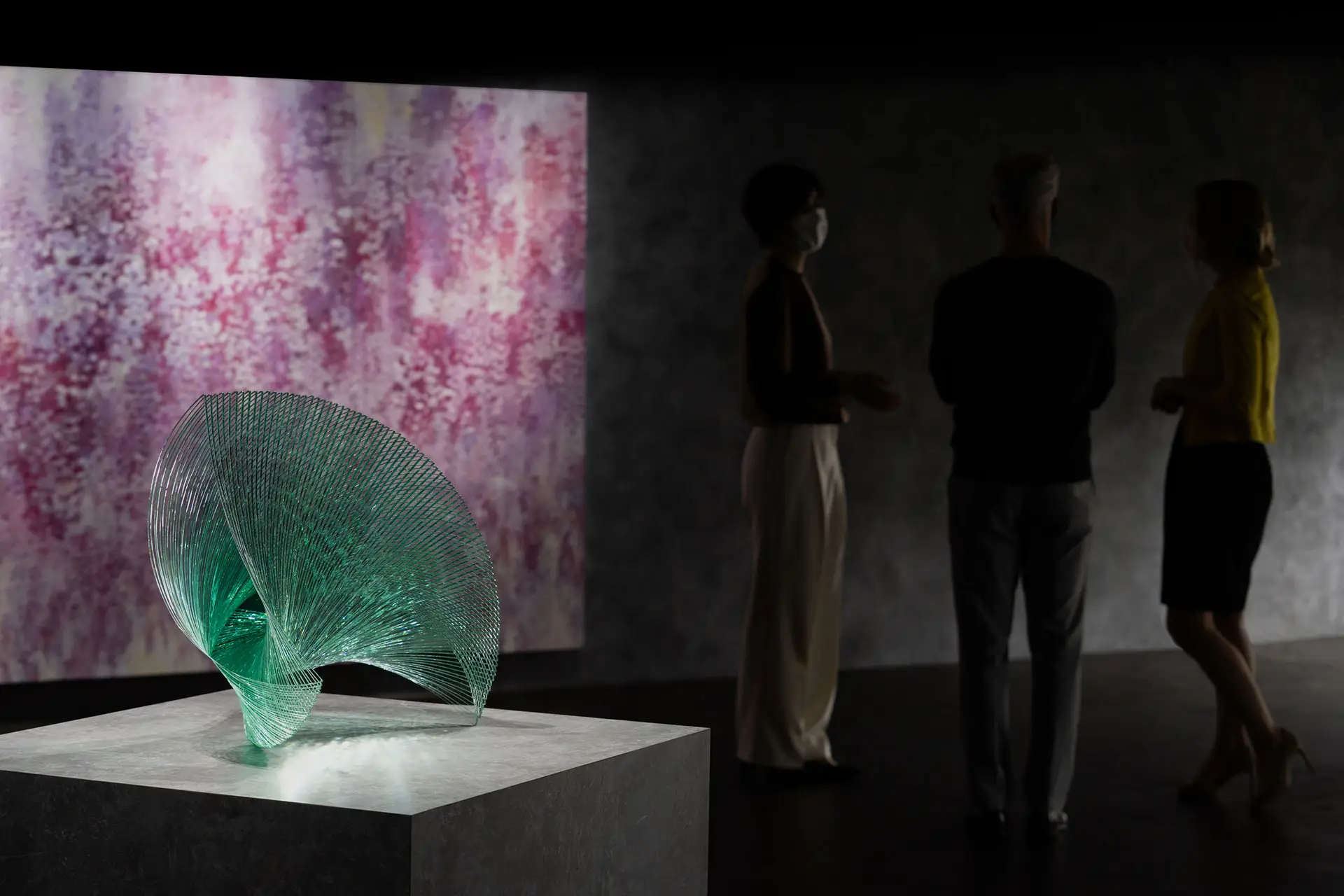
URBAN ART ODYSSEY
Keen to dive beneath the surface of Tokyo's art world - from large-scale museums to edgy galleries (plus everything else in between)? Richard & Tezen is a leading art consultancy that excels at crafting bespoke insider experiences across the capital, for curators, collectors and art lovers.
A vertical sweep of mirror-smooth red lacquer. The organic curves of a luminous sculpture crafted from glass sheets. And a dreamy four-panel painting of wisteria glowing in nostalgic shades of pink.
This is the visual treasure trove that greets visitors upon arrival at a gallery tucked away on the sixth floor of a building in the heart of Tokyo - one of countless hidden creative gems that are scattered across the city.
Tokyo is a major global art hub. The ultimate city for art lovers, Tokyo has long magnetized a dynamic, vibrant - and unique - creative scene, treading a signature balance between its rich cultural heritage and a bold forward-looking vision.
Key to its appeal is its cornucopia of creative experiences across the spectrum, from countless large-scale museums with big name shows to smaller independent galleries showcasing cutting-edge new talents. Needless to say, as is often the case in Tokyo, there is something for everyone - from woodblock print collections and tea tool museums to young generation artist shows to abstract urban installations.
Those keen to dip below the creative surface of the city can turn to art consultancy Richard & Tezen. Run by art historians and consultants Sophie Richard and Wakako Tezen, the company fuses expertise and insider contacts with five-star hospitality and the luxurious flexibility of a bespoke itinerary - be it access to galleries not normally open to the public or artist introductions - for curators, collectors and art lovers.
The duo's wide spectrum of creative connections is particularly impressive - as reflected in their expert knowledge of the numerous smaller, more specialist art museums hidden in Tokyo's creative cityscape.
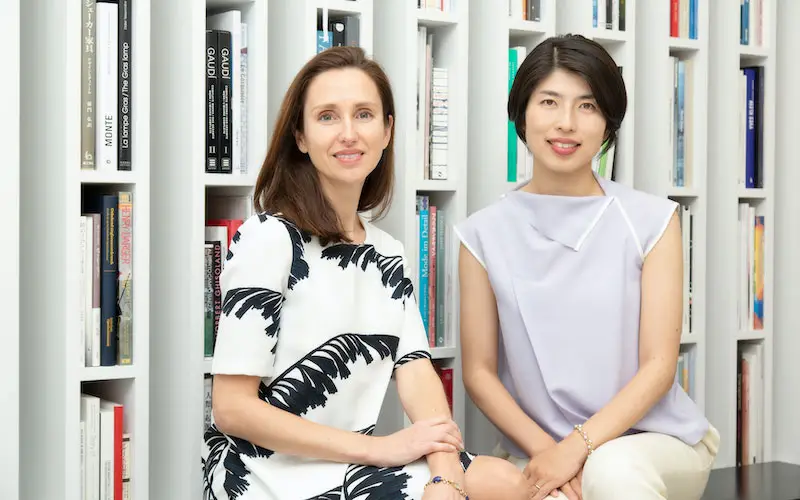
“Tokyo's art scene is really vibrant but it's not always easy to navigate,” says Richard. “We aim to present a range of places, from the must-sees to little-known gems, and tell the story behind each one.”
Tezen adds: “As Sophie is from Europe and I'm from Japan, we're uniquely positioned to combine two different perspectives with everything we arrange. The idea is to act as a bridge between the West and Japan and make Japan's unique art world more accessible.”
One recent tour begins at A Lighthouse called Kanata in the Nishi-Azabu district, housed in a discreetly hidden space with deep grey walls, atmospheric lighting and a scattering of contemporary artworks.
Accompanied by Tezen and the friendly, erudite owner Wahei Aoyama, guests can explore works by cutting-edge Japanese artists, many innovating with traditional materials, from lacquer to ceramics. Perhaps best of all? The intimate conversational flow, from Tezen's insights to Aoyama's explanations of concepts and materials.

Pausing by the free-flowing lines of a serene glass artwork by artist Niyoko Ikuta, Aoyama explains how abstract sculpture was painstakingly created from countless hand cut sheets of glass.
He adds: “These are all artworks that will stand the test of time, by artists pushing the boundaries of their materials to reach new creative heights.”
The next stop casts a spotlight on an entirely different facet of Tokyo's creative world: the Yamatane Museum of Art. The museum, which dates back to 1966, was the first in Japan to be dedicated to nihonga - modern and contemporary Japanese paintings from the late 19th century onwards. The museum's 1,800 collection also includes an array of other types of artworks, dating from the late 17th century to present day, such as Japanese calligraphy, ukiyo-e woodblock prints and oil paintings.
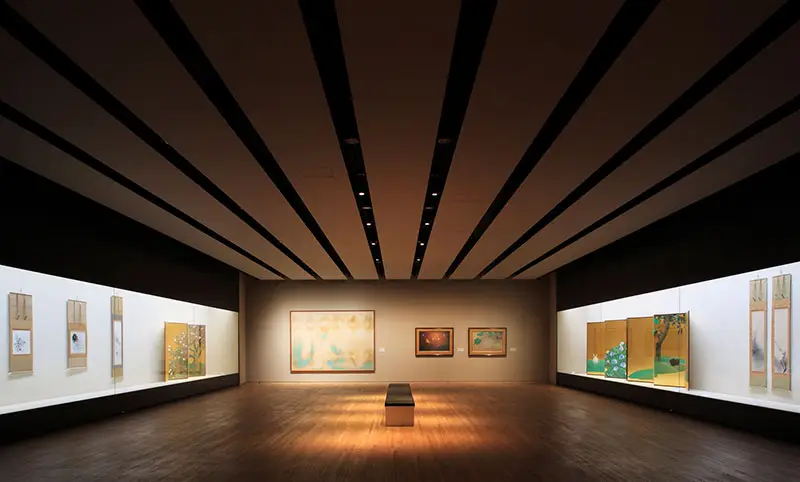
Tezen leads the way among the pine trees, merchants and Mount Fuji views depicted in a special exhibition of ukiyo-e woodblock prints and early paintings, pausing to add historical context or highlight creative details - a touch of gold, the shade of skies or pleats of a kimono.

Her expert commentary deeply enhances the experience, elevating appreciation of the surrounding artworks to a rich new level - yet the discourse also feels intimate, natural and relaxed, which is perhaps one of the biggest charms of a Richard & Tezen experience.
The day ends in the museum café, where matcha green tea is served with artistically crafted wagashi sweets, each inspired by an artwork in the exhibition - and it's the perfect finale to a creative odyssey across the city.






